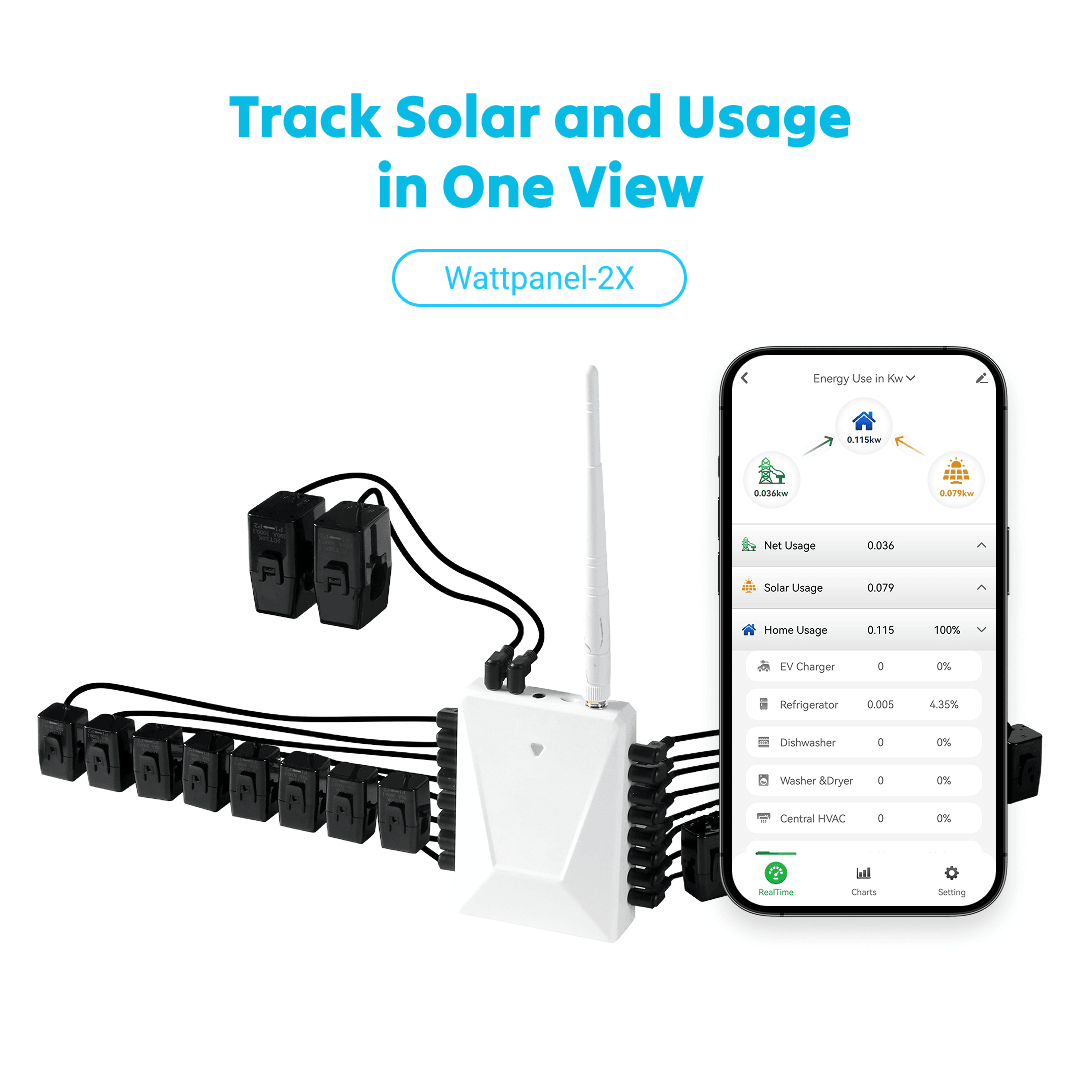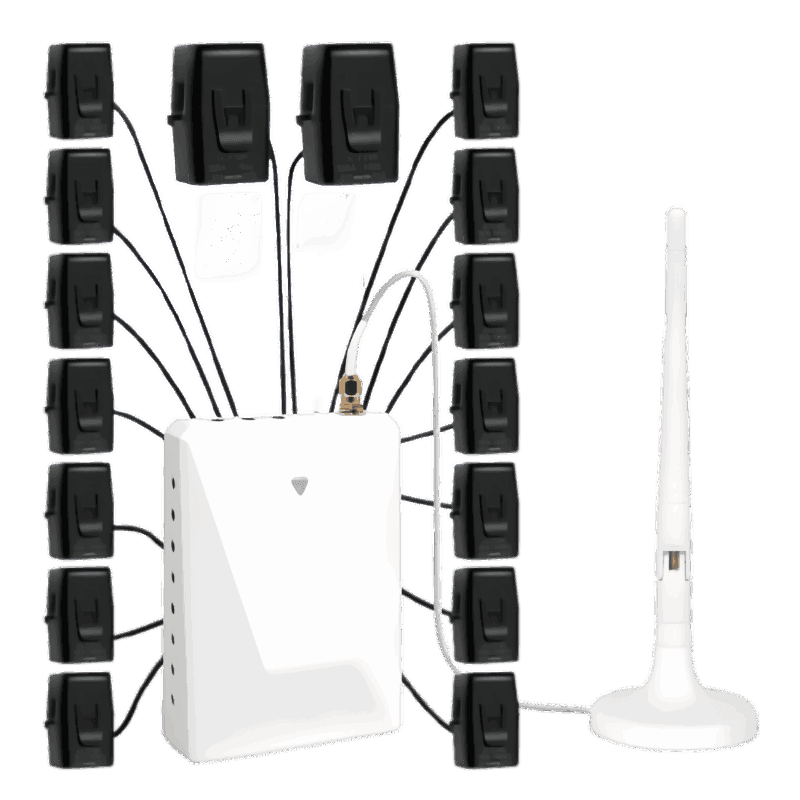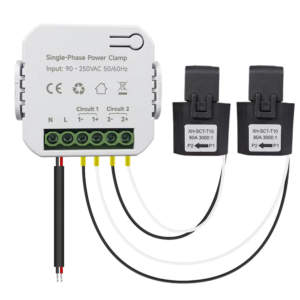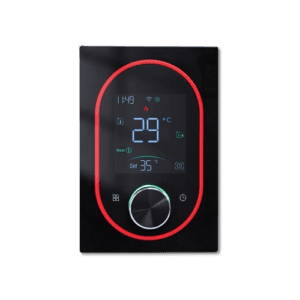You sit down at the kitchen table, open your electric bill, and wonder: why did my electric bill double in one month? The number staring back feels like a bad joke. Last month you paid around $120. This month? $240. Same house, same people, no obvious new gadgets humming away in the background—so how could your bill nearly double?
The first thought many people have is, “The utility company must have made a mistake.” That’s not impossible, but in reality, sudden spikes like this usually start closer to home. In fact, U.S. households see big bill swings most often in the summer and winter, when heating or cooling quietly dominates energy use. The U.S. Energy Information Administration (EIA) reports that heating and cooling account for more than 50% of residential electricity consumption. When those systems run longer—even for just a couple of weeks—the impact on the bill can be dramatic.
Before we assume there’s a hidden electrical fault or a billing error, it’s worth asking the simplest question first: what season are we in?
Step 1 – Why My Electric Bill Doubled in One Month Because of the Season
If your bill just doubled, take a step back and look at the calendar. The time of year is often the single biggest factor in a sudden jump. Even when your daily routine hasn’t changed, the weather outside can shift your electricity demand without you realizing it.

Summer Heat Waves
If you live in the South or Midwest, you probably know how punishing a July heat wave can be. Central air conditioners and even a couple of window units can run nearly nonstop when daytime highs hit the upper 90s. For a typical U.S. household, air conditioning alone can add several hundred kilowatt-hours (kWh) in a single month. To put that in perspective, adding 400 kWh at an average rate of 15 cents per kWh means an extra $60 on the bill. And if your utility uses demand charges or higher summer rates, that $60 can quickly become $100 or more.
Real homeowners often notice this pattern on forums. A common complaint goes like this: “We barely changed our habits, but the A/C ran all night during the last heat wave and the bill doubled.” In truth, even two extra hours of A/C each day can snowball into a much larger bill.
Winter Heating Loads
In northern states, the winter story looks familiar but with a different culprit: heating. Electric baseboard heaters, space heaters, and heat pumps all pull large amounts of power when the mercury drops. Unlike gas furnaces, which may spike a gas bill but leave electricity use steady, electric heating loads show up directly on your electric statement.
Think of a 1500-watt space heater running in the kids’ room. If it’s on for 12 hours a day, that’s 18 kWh daily. Over a month, it adds about 540 kWh—translating to more than $80 at typical rates. Now multiply that by two or three heaters across the house and it’s easy to see how a $120 bill becomes $240 without anyone realizing what’s happening.
Fall and Spring Transitions
Even the “mild” seasons can sneak up on you. In October, afternoons might still feel warm enough to need the air conditioner, but evenings are cool enough to turn on baseboard heaters. That overlap means both cooling and heating systems can run in the same 24-hour period, stacking on extra usage.
Another subtle factor: shorter daylight hours. In fall, the sun sets earlier, so lights stay on longer. Families also spend more time indoors in the evenings, which means more devices, TVs, and cooking—all adding incremental demand. None of those loads alone doubles a bill, but together they create a noticeable jump.
Where Smart Controls Help
For homes with electric baseboard heating, control is often the missing piece. Traditional dial thermostats don’t regulate temperature very precisely, and heaters may run much longer than needed. That’s where a smart baseboard thermostat like the EcoNet-BH makes a difference. By setting detailed schedules—for example, lowering the heat at night or during work hours—you can cut unnecessary run time without sacrificing comfort. In real-world use, homeowners often report savings of 15–25% simply by preventing heaters from running in empty rooms.
👉 Practical takeaway: If your bill doubled between September and October, don’t overlook the baseboard heaters that just started cycling again. Upgrading to a smart thermostat is one of the fastest ways to get those costs back under control before winter fully sets in.
Step 2 – Why My Electric Bill Doubled After Changes at Home
If the season doesn’t explain the spike, the next question is: what changed inside the house? For many families, the electric bill doubled in one month right after adding a new appliance or changing routines. A sudden doubling almost always points to a lifestyle or equipment change.
New Appliances, New Loads
Major appliances are the usual suspects. A new clothes dryer, a chest freezer in the garage, or even a large gaming PC can quietly add significant consumption. Dryers, for instance, use 2–4 kWh per cycle. If your household went from two loads a week to daily drying, the difference adds up to over 100 kWh a month—$15–$20 at typical rates. Add a second fridge or freezer, and you might tack on another $10–$15.
One user shared how their “cheap garage freezer” added nearly $30 per month on its own. Small additions feel harmless in isolation, but combined, they explain why the bill suddenly looks like it belongs to a bigger house.
Electric Vehicles
Electric vehicles are another game changer. A typical EV consumes 25–40 kWh per 100 miles. If you start charging at home five nights a week, you might add 300–400 kWh in a single month. That’s $45–$60 in extra electricity at average rates. In states with higher costs like California, it can be over $100.
It’s not uncommon for new EV owners to be shocked at their first “real” electric bill. The gas station savings are obvious, but the electricity costs sneak in quietly, only revealed when the monthly bill shows up.
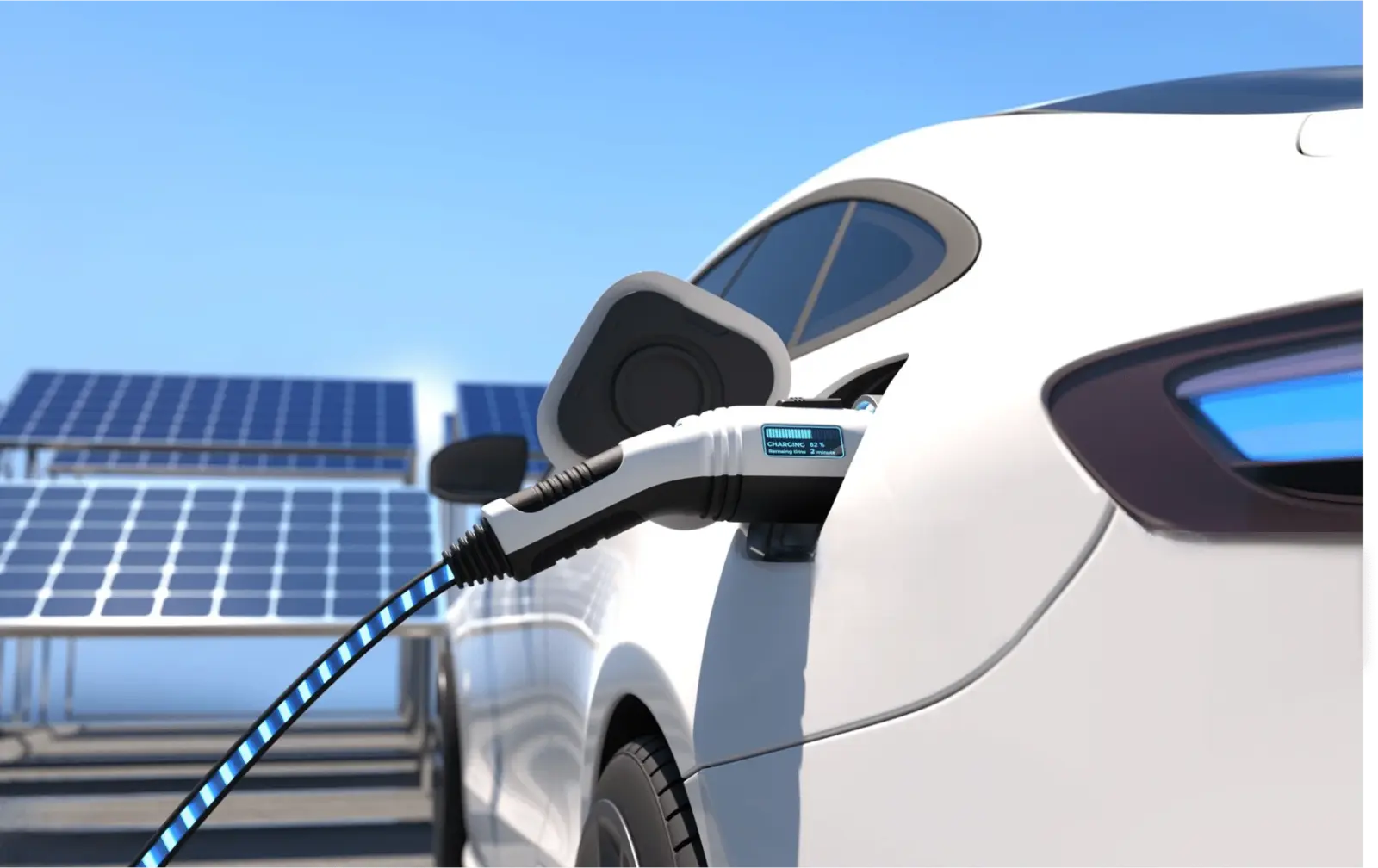
Hidden or Forgotten Devices
Then there are the quiet energy hogs: the old beer fridge in the basement, the always-on space heater in the workshop, or even aquarium heaters that run 24/7. Each of these can add $10–$20 per month, and together, they explain why your bill doubled seemingly “out of nowhere.”
How to Catch the Changes
The hardest part is noticing these shifts because they blend into daily life. That’s where a whole-home monitor like the WattPanel-2X helps. By tracking usage circuit by circuit, you can see if the garage outlet suddenly jumped or if the dryer circuit is pulling far more than before. Instead of guessing, you’ll have a clear map of where the extra load is coming from.
👉 Practical takeaway: If your bill doubled in one month, write down what changed—new appliances, new habits, or new vehicles. If nothing obvious comes to mind, an energy monitor will often reveal the culprit faster than trial and error.
Step 3 – Check Your Utility Bill Details
Sometimes when people ask “why is my electric bill so high suddenly,” the answer isn’t higher usage at all—it’s simply that the price of each kilowatt-hour went up.
Rate Changes
Utilities adjust rates seasonally or by demand. In some states, winter rates are higher to cover increased load on the grid. In others, summer surcharges apply when A/C demand peaks. Even if you used the same amount of electricity, your bill might jump 20–30% purely from the rate change.
Time-of-Use (TOU) Pricing
TOU pricing is becoming more common. Under these plans, electricity costs more during peak hours (typically 4–9 p.m.) and less during off-peak times. Families who cook dinner, do laundry, and run dishwashers in the evening often see bills balloon after switching to TOU, even if their total kWh stays the same.
For example: if you run a dishwasher (1.5 kWh) and a dryer (3 kWh) during peak hours, you’re paying nearly double compared to running them at 10 a.m. Multiply that by a month of routines, and the bill looks like it doubled for no reason.
Delivery Fees and Riders
Bills also contain line items beyond simple energy use. Delivery charges, grid maintenance fees, or even temporary fuel cost adjustments can raise costs suddenly. Many homeowners skip over these sections, but they can explain why the total jumped when usage stayed steady.
How to Read the Bill
- Compare the kWh used this month to last month.
- Compare the rate per kWh line item.
- Look for new surcharges or fees.
If usage stayed flat but the rate per kWh increased, the utility’s pricing structure is to blame.

Real-Life Example
One homeowner in Illinois shared how their bill doubled in February without changing habits. The culprit wasn’t more usage, but a 40% winter rate hike announced quietly by the utility. The lesson? Always check both the usage and the unit price before assuming something in the house is broken.
👉 Practical takeaway: When the bill doubles, don’t just look at the big number. Look at how many kilowatt-hours you actually used and how much the utility charged for each one. Sometimes the problem isn’t your house at all—it’s the rate sheet.
Step 4 – How Faulty Appliances Can Make the Electric Bill Double
Not every surprise bill comes from new gadgets or rate hikes. Sometimes, it’s the things you already own—the ones you’ve had for years—that quietly go wrong and start draining electricity nonstop.
Water Heaters Running Nonstop
A common hidden culprit is the electric water heater. When its thermostat fails, the heating element may stay on 24/7, constantly reheating water even when no one’s showering. That can add several hundred kWh in a month. One homeowner in Oregon shared online that their bill jumped by $90 in January before they discovered the water heater was running continuously because of a stuck thermostat.
If you hear hissing or notice that hot water seems unlimited (but your bill is exploding), that’s a red flag.
Pumps, Compressors, and Motors
Well pumps, sump pumps, and even old HVAC compressors can also be guilty. A sump pump with a stuck float switch might cycle endlessly, adding dozens of dollars to the bill in a single week.
Likewise, a failing refrigerator or freezer compressor can run constantly instead of cycling. That garage beer fridge might cost more than the drinks inside it if the compressor is struggling. According to EnergyStar, an old, inefficient fridge can cost $150–$200 a year more than a modern one.

Space Heaters and Portable Units
Portable space heaters are notorious for creeping costs. A single 1,500-watt unit running eight hours a day will consume 360 kWh in a month—roughly $55 at average U.S. rates. Homeowners often underestimate this because the heater feels small and temporary, but the bill impact is very real.
How to Spot a Problem Appliance
- Listen: Constant humming, clicking, or running noises mean it’s not cycling normally.
- Touch: Surfaces that feel unusually warm may indicate it’s running hot.
- Time: Appliances that never seem to shut off likely have a fault.
👉 Practical takeaway: If your bill doubled and nothing new was added, assume something old went wrong. Tracking circuit-level usage with a whole-home monitor like the WattPanel-2X will show if, for example, the water heater circuit suddenly spiked. From there, you can decide if repair or replacement is needed.
Step 5 –Bill Doubled? How to Check If Electric Meter Is Wrong
Sometimes, the culprit isn’t in your home at all—it’s in the numbers the utility recorded. Errors happen, and the easiest way to catch them is by checking your electric meter yourself.
Reading the Meter
Most modern homes now have smart meters, but many still have digital or even analog meters. You can usually find yours outside the house, mounted near the service panel. Record the number on the display and compare it to what your bill shows.
If your bill says you used 1,200 kWh but your meter reading suggests only 800 kWh since the last cycle, something is off. In rare cases, utilities estimate usage when they can’t get an automated read, and those estimates can be wildly inaccurate.
Case Example
A family in Texas shared how their bill doubled in March, only to discover the utility had estimated usage based on the previous year’s cold snap. Their actual meter showed far less consumption. After contacting the company and providing a photo of the meter, their bill was corrected by nearly $100.
Smart Meters vs. Manual Reads
Even with smart meters, mistakes happen. Data transmission errors or misaligned billing cycles can make the totals inaccurate. Taking your own reading once in a while is a good habit, especially if you ever see a major spike.
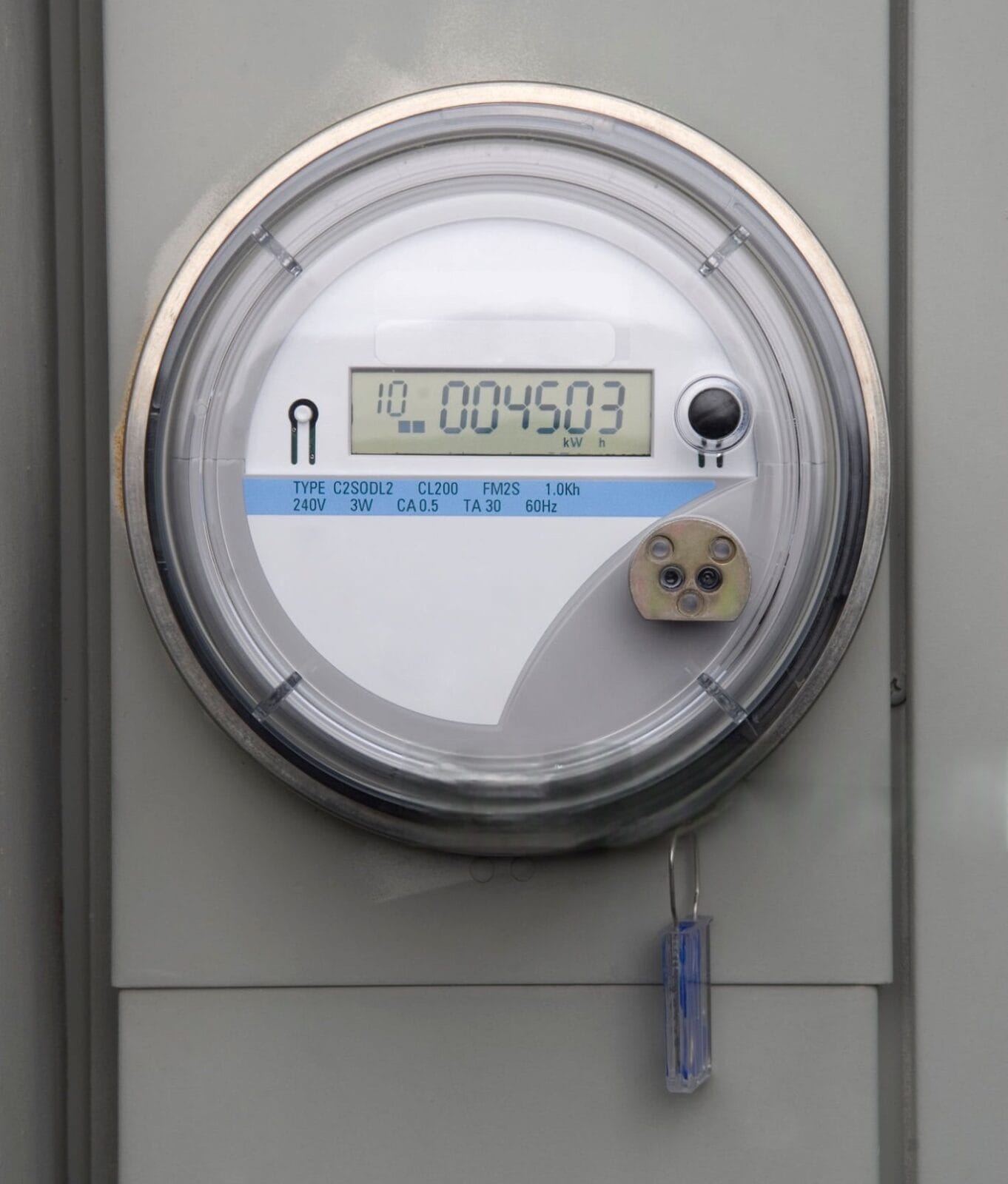
How to Report Discrepancies
- Take a clear photo of the meter with a timestamp.
- Compare it to the bill’s “current read.”
- Contact customer service and request a review.
When It’s Not an Error
If the meter reading matches the bill, the extra usage is real—it just hasn’t been identified yet. At that point, going back to Step 2 and Step 4 (new or faulty appliances) is usually the way forward.
👉 Practical takeaway: Don’t assume the bill is gospel. A quick meter check can confirm whether the extra cost is your responsibility or the utility’s error. If your meter and bill agree, then it’s time to dig deeper at home.
Step 6 – Use Smart Tools to Take Back Control
At some point, guessing won’t cut it anymore. You can walk around the house switching things off and still not be sure what caused the spike. That’s where data makes the difference.
Whole-Home Energy Monitoring
A device like the WattPanel-2X connects directly to your breaker box and shows, circuit by circuit, how much power each part of the house is drawing. Instead of just knowing “the bill doubled,” you’ll know why. Maybe the water heater jumped from 200 kWh to 500 kWh. Maybe the garage circuit suddenly shows a constant 400-watt draw. With that clarity, the mystery ends.
Many homeowners describe the first week with an energy monitor as an “aha” moment. One family found that their rarely used workshop was quietly pulling 800 watts all month because of a stuck dehumidifier. Another discovered their “efficient” new dryer was cycling far longer than expected. Without data, these issues would never be obvious.
Smart Control for Heating
For households with electric baseboard heating, controlling usage is just as important as monitoring it. Traditional dial thermostats can be off by several degrees and offer no scheduling. That’s why many homes end up overheating rooms overnight or while everyone is away.
The EcoNet-BH smart baseboard thermostat solves this by giving precise digital control and programmable schedules. You can set it to lower the temperature at night or during work hours, then warm the room just before you return. It keeps comfort steady without the “always on” waste that drives winter bills through the roof.
Better Together: Monitor + Control
The most effective approach is pairing monitoring with control. The Smart Energy Monitor & WiFi Baseboard Thermostat Bundle combines the WattPanel-2X for visibility with the EcoNet-BH for direct heating savings. You see where the energy goes, and you stop the biggest culprit from overrunning the bill.
👉 Practical takeaway: Tools don’t just give peace of mind—they give proof. Instead of waiting for the next shocking bill, you’ll know in real time what’s happening and how to fix it.
Preventing the Next Bill Shock
Once you’ve solved the current mystery, the goal is prevention. A few habits and upgrades make the difference between steady bills and rollercoasters.
- Set heating and cooling schedules: Don’t let devices run longer than necessary.
- Stagger big appliances: Running the dryer, dishwasher, and oven at the same time can trigger higher demand charges. Spread them out.
- Use off-peak hours: If your utility offers TOU rates, shift laundry, dishwashing, or EV charging to off-peak times.
- Replace energy hogs: Retire old refrigerators, water heaters, or pumps that are past their prime.
- Check your bill monthly: Don’t just look at the total. Compare usage and rates so you catch changes early.
- Take advantage of rebates: Many utilities and state programs offer incentives for smart thermostats, efficient appliances, and energy monitors.
Small steps like these add up to real stability. The goal isn’t just saving a few dollars—it’s avoiding another month where the bill doubles without warning.
FAQs
Why did my electric bill double in one month?
The most common reasons are seasonal heating or cooling, new or faulty appliances, and utility rate changes. A single heater or air conditioner running longer than expected can double usage.
Can a broken appliance really cause a bill to double?
Yes. A water heater with a stuck thermostat, or a pump that never shuts off, can add hundreds of kilowatt-hours in a month.
Does this only happen in summer and winter?
No. Bills can spike in spring or fall too, especially when households run both cooling and heating in the same month or when daylight hours shorten.
How do I know if my meter is accurate?
Read the meter yourself and compare it to the bill. Take a photo with a timestamp. If the numbers don’t match, contact your utility.
Can smart home devices really save money?
Yes. Energy monitors show you where usage is high, and smart thermostats prevent unnecessary heating. Together, they help prevent bills from doubling.
Closing
When you stare at the statement and think, “my electric bill doubled in one month,” it feels unfair—like the utility flipped a switch behind your back. But the truth is usually closer to home. Seasonal weather, new habits, or even a single faulty appliance can drive costs through the roof.
The good news? You don’t have to stay in the dark. By checking seasonal usage, reviewing appliances, reading your bill carefully, and confirming with your meter, you can track down the cause. And with the right tools—like the WattPanel-2X whole-home monitor and the EcoNet-BH smart baseboard thermostat—you can keep it from happening again.
👉 Don’t wait for another surprise. Take control of your home’s energy today and turn your electric bill back into something predictable.

